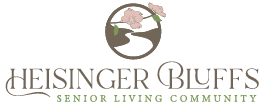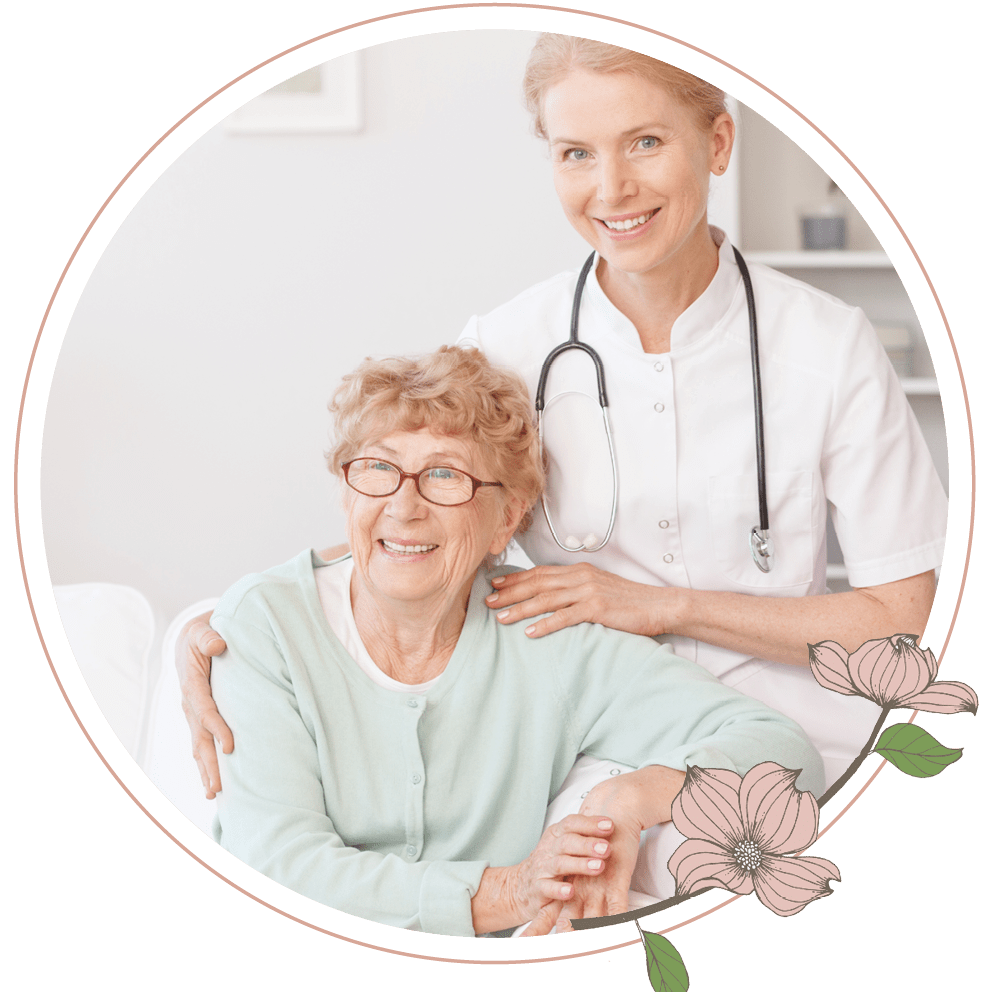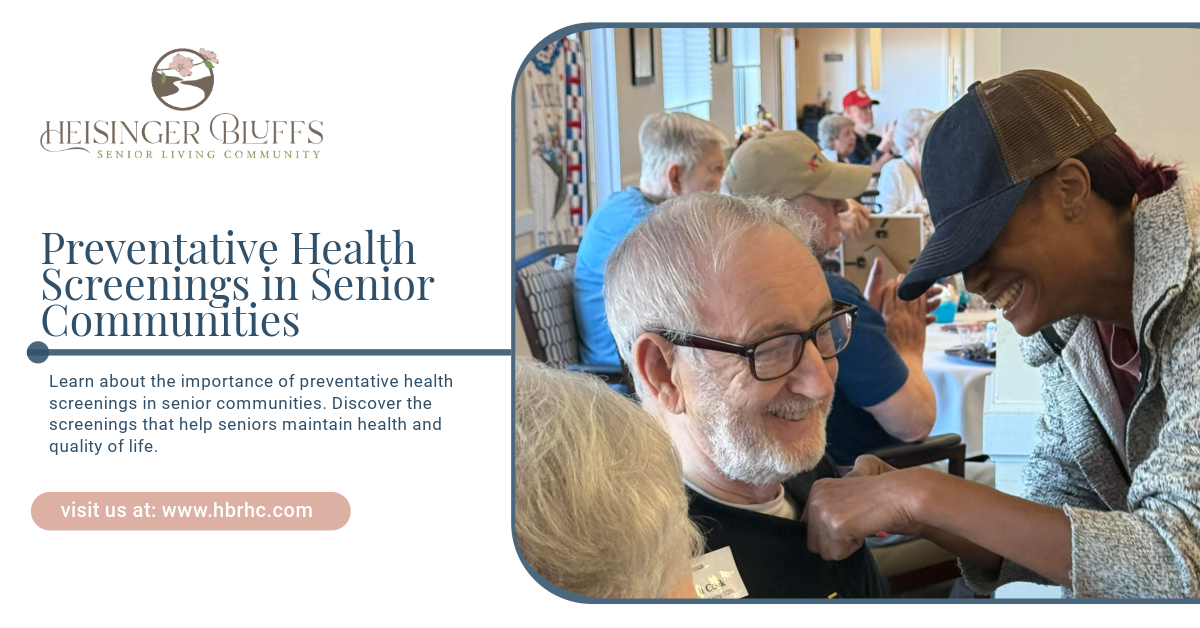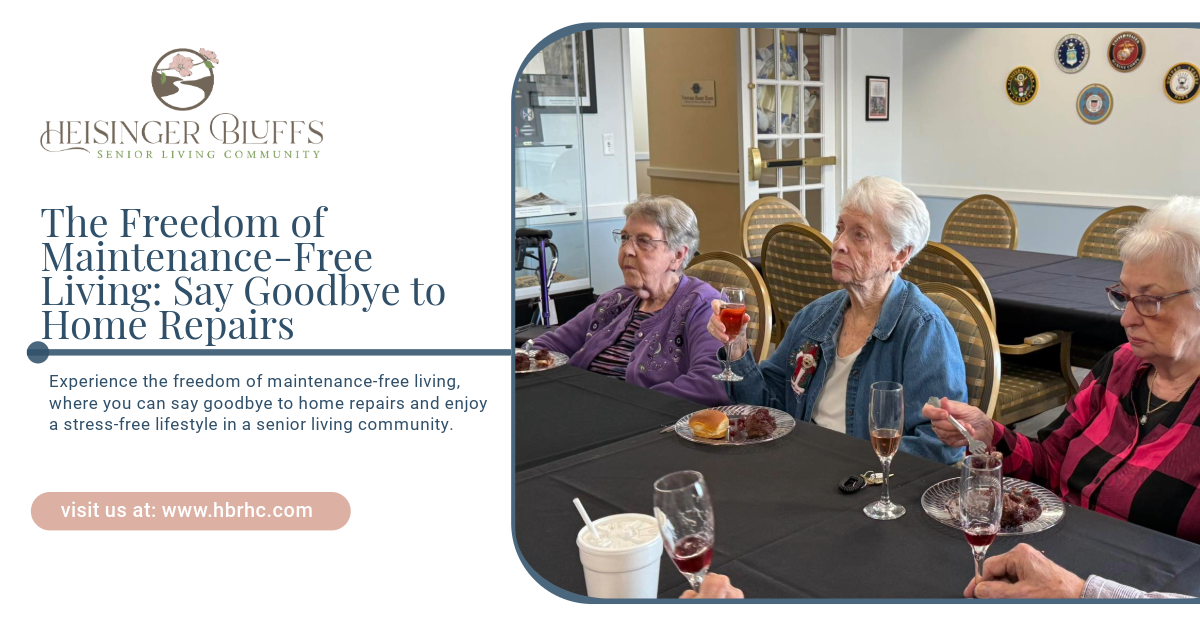Life After a Stroke: How Rehabilitation Helps Seniors Regain Independence

A stroke can be one of the most life-changing events for a senior, with the potential to alter their physical and cognitive abilities significantly. However, recovery after a stroke is possible, and with the right care, rehabilitation, and support, many seniors can regain their independence and return to a fulfilling life. Rehabilitation plays a critical role in this process, helping seniors recover lost functions and adapt to new limitations.
In this blog post, we will explore how rehabilitation helps seniors regain independence after a stroke. From physical therapy to cognitive training and emotional support, rehabilitation programs offer a comprehensive approach to recovery. Whether you are a caregiver or a family member of someone who has experienced a stroke, understanding the rehabilitation process is vital for supporting your loved one’s recovery.
Understanding a Stroke and Its Effects
A stroke occurs when the blood supply to part of the brain is interrupted, either by a blood clot or a burst blood vessel. This interruption can lead to brain cell damage, resulting in a wide range of physical, cognitive, and emotional challenges. The extent of these challenges depends on the type of stroke, the area of the brain affected, and how quickly treatment is administered.
Common effects of a stroke can include:
- Physical impairments – Paralysis or weakness on one side of the body, difficulties with balance or coordination, and impaired mobility.
- Speech and language difficulties – Problems with speaking, understanding language, or finding the right words (aphasia).
- Cognitive issues – Memory loss, difficulty with concentration, and challenges in problem-solving.
- Emotional changes – Depression, anxiety, frustration, or emotional instability.
The recovery process often involves multiple phases, with rehabilitation playing an essential role in helping seniors regain independence by addressing these issues.
The Role of Rehabilitation in Stroke Recovery
Rehabilitation is a multifaceted approach designed to help seniors recover from the physical, cognitive, and emotional challenges caused by a stroke. The goal of rehabilitation is to maximize the individual’s functional abilities, improve quality of life, and promote as much independence as possible. Rehabilitation often begins soon after the stroke, and it continues as long as necessary, depending on the individual's needs and progress.
1. Physical Therapy
Physical therapy (PT) is one of the most essential components of stroke rehabilitation. After a stroke, many seniors experience weakness, paralysis, or loss of coordination on one side of the body, and physical therapy helps to address these issues.
How physical therapy helps:
- Strengthening muscles – PT helps seniors regain strength and flexibility in affected areas of the body, improving overall mobility and balance.
- Improving coordination – By practicing coordinated movements, physical therapists help seniors learn how to move more effectively and safely.
- Regaining independence in daily activities – PT focuses on functional movements, such as walking, getting out of bed, and using assistive devices, so seniors can perform daily tasks with greater independence.
Physical therapists also design exercises that promote flexibility and range of motion, preventing contractures and improving the ability to move freely.
2. Occupational Therapy
While physical therapy focuses on mobility and strength, occupational therapy (OT) addresses the ability to perform activities of daily living (ADLs). These activities include dressing, bathing, cooking, eating, and personal hygiene.
How occupational therapy helps:
- Adaptive strategies – OTs teach seniors strategies to perform everyday tasks, using assistive devices and modifying tasks to make them easier and safer.
- Hand-eye coordination – OT helps individuals improve fine motor skills, such as gripping objects, using utensils, or writing.
- Relearning skills – Occupational therapists work with seniors to help them relearn basic skills and regain as much independence as possible in their daily routines.
OT also focuses on home safety and the modification of living spaces to accommodate any new physical limitations resulting from the stroke.
3. Speech Therapy
For seniors who have experienced aphasia or speech impairments due to a stroke, speech therapy is a vital part of the recovery process. A speech-language pathologist (SLP) helps seniors regain their ability to communicate effectively and safely.
How speech therapy helps:
- Improving speech and language skills – SLPs use exercises and techniques to help seniors relearn how to speak, understand language, and express themselves more clearly.
- Swallowing therapy – Many stroke survivors struggle with swallowing (dysphagia), and speech therapists can work with them on safe swallowing techniques to prevent choking or aspiration.
- Cognitive communication – Some stroke survivors have difficulty with memory, attention, or problem-solving, and speech therapy can help with these cognitive aspects of communication.
By addressing both the verbal and non-verbal aspects of communication, speech therapy plays a crucial role in enhancing a senior's ability to interact with others and maintain independence.
4. Cognitive Rehabilitation
Cognitive rehabilitation is designed to address the cognitive challenges seniors may face after a stroke. This type of therapy focuses on improving memory, attention, reasoning, and executive functioning skills.
How cognitive rehabilitation helps:
- Memory aids – Therapists help seniors implement memory strategies, such as using calendars or notes to remember important dates or tasks.
- Problem-solving exercises – Cognitive therapists use exercises that improve decision-making and critical thinking skills, which are essential for independent living.
- Improving attention – Cognitive rehabilitation focuses on improving concentration and the ability to stay focused on tasks, which can be challenging after a stroke.
The goal of cognitive rehabilitation is to help seniors regain cognitive abilities and develop new strategies to cope with challenges.
5. Emotional and Psychological Support
Stroke recovery is not just about physical rehabilitation—it also involves addressing the emotional and psychological aspects of recovery. Seniors may experience frustration, depression, or anxiety as they cope with the challenges of recovery. Emotional support is critical to help seniors navigate these feelings and maintain a positive outlook.
How emotional support helps:
- Therapeutic counseling – Stroke survivors may benefit from individual or group therapy sessions to process their emotions and cope with feelings of loss, frustration, or grief.
- Support groups – Connecting with others who have gone through similar experiences can provide valuable emotional support, reduce feelings of isolation, and foster a sense of community.
- Mindfulness and relaxation techniques – Stress management techniques, such as deep breathing, meditation, and relaxation exercises, can help seniors cope with the emotional toll of recovery.
Creating a Personalized Rehabilitation Plan
Each senior’s recovery after a stroke is unique, and rehabilitation must be tailored to their specific needs and goals. A personalized rehabilitation plan is developed by a team of healthcare professionals, including physicians, physical therapists, occupational therapists, speech therapists, and mental health specialists.
1. Setting Goals
A key aspect of rehabilitation is setting achievable goals. These goals are determined by the senior’s capabilities, needs, and aspirations. Goals may include regaining the ability to walk, improving communication skills, or performing specific daily activities independently.
2. Ongoing Monitoring and Adjustment
Recovery is a dynamic process, and rehabilitation plans are regularly reassessed to ensure progress. If certain interventions are not yielding results, the plan may be adjusted to meet new challenges or goals.
3. Family Involvement
Family members play an important role in stroke recovery. They provide emotional support and encouragement, and in some cases, assist with exercises and daily tasks. Caregiver education is also an essential part of rehabilitation to ensure that family members understand how to best support their loved one’s recovery.
The Importance of Patience and Persistence
Stroke recovery is a gradual process, and it’s essential to be patient and persistent. Some improvements may be immediate, while others take weeks, months, or even years to achieve. It’s important for both the senior and their family members to recognize that setbacks are a normal part of the recovery journey. Consistency and dedication to rehabilitation can lead to significant progress over time.
Conclusion
Rehabilitation plays an essential role in helping seniors regain independence after a stroke. With the right combination of physical, occupational, speech, and cognitive therapies, as well as emotional support, many seniors can recover lost abilities, improve their quality of life, and return to fulfilling activities.
At Heisinger Bluffs, we offer a range of rehabilitation services designed to support seniors through every stage of recovery. Our dedicated team works closely with each resident to create personalized plans that address their unique needs and help them achieve their goals of regaining independence.
Frequently Asked Questions
How long does rehabilitation take after a stroke?
The duration of rehabilitation depends on the severity of the stroke and the individual’s recovery progress. Rehabilitation can last anywhere from a few weeks to several months, with ongoing therapy needed for more complex cases.
Can a stroke survivor fully regain their independence?
Many stroke survivors experience significant recovery and regain much of their independence, although the extent of recovery varies depending on the individual’s stroke and rehabilitation plan.
What role do caregivers play in stroke recovery?
Caregivers provide essential support during rehabilitation, including assistance with exercises, ensuring medication compliance, offering emotional support, and helping with daily tasks. Family involvement is key to successful recovery.
Resources:
- https://www.stroke.org/en/about-stroke/effects-of-stroke
- https://www.healthline.com/health/stroke/physical-therapy-for-stroke-patients
- https://pmc.ncbi.nlm.nih.gov/articles/PMC9204113/
- https://newsnetwork.mayoclinic.org/discussion/mayo-clinic-q-and-a-speech-therapy-after-a-stroke/
- https://pmc.ncbi.nlm.nih.gov/articles/PMC10494803/











